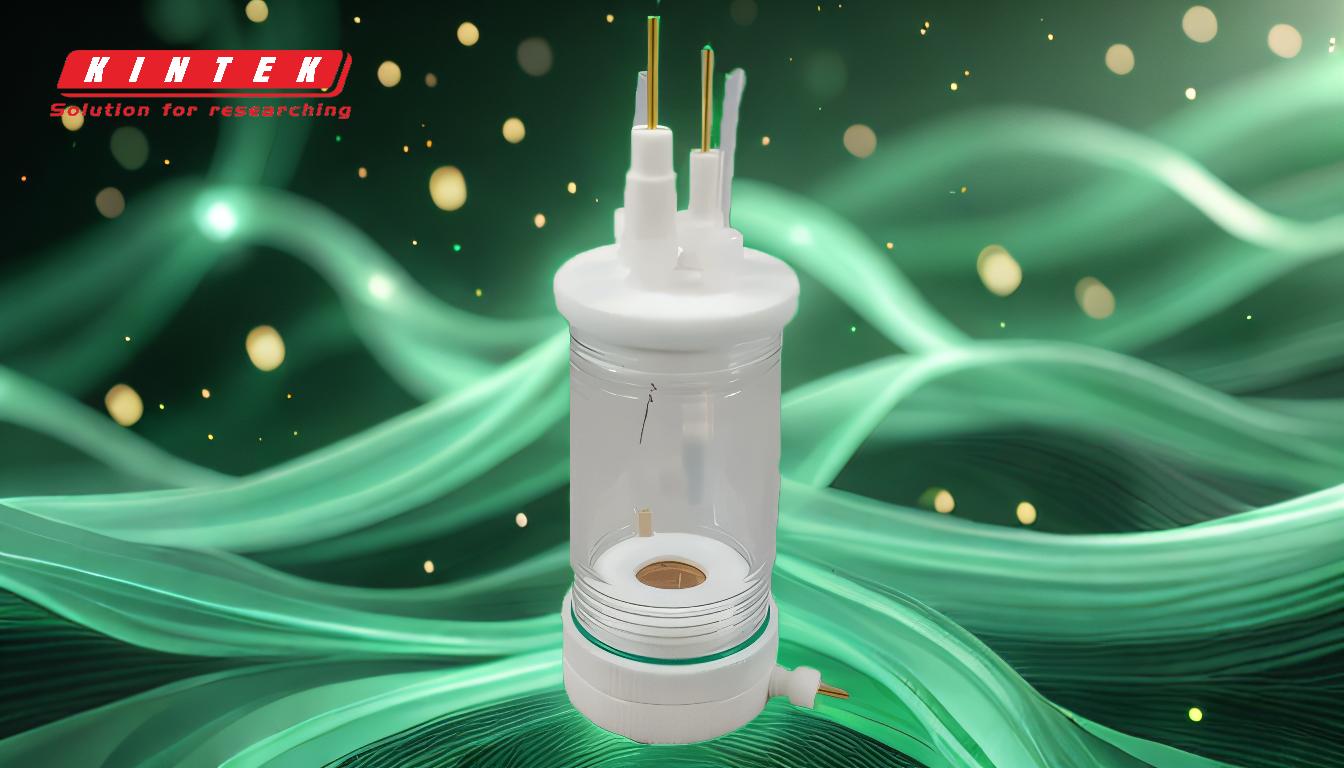A simple distillation setup is a fundamental apparatus used to separate liquids based on their boiling points. It typically consists of a heating source, a boiling flask, a condenser, and a receiving flask. The process involves heating the liquid mixture in the boiling flask, causing the more volatile component to evaporate, travel through the condenser, and condense back into a liquid in the receiving flask. This setup is widely used in laboratories for purification and separation purposes. Below, the key components and their roles are explained in detail.
Key Points Explained:

-
Heating Source (Heating Mantle or Heating Bath)
- The heating source is responsible for providing controlled heat to the boiling flask.
- It ensures the liquid mixture reaches the required temperature for evaporation.
- Common types include heating mantles, which wrap around the flask, or heating baths, which immerse the flask in a heated liquid.
- Precise temperature control is crucial to avoid overheating or underheating, which can affect the distillation efficiency.
-
Boiling Flask (Evaporating Flask)
- The boiling flask holds the liquid mixture to be distilled.
- It is typically made of heat-resistant glass to withstand high temperatures.
- The flask is connected to the condenser via a connecting tube or short-path head.
- The design ensures even heating and efficient vaporization of the liquid.
-
Condenser
- The condenser cools the vaporized liquid, causing it to condense back into a liquid.
- It is usually a coiled or straight glass tube surrounded by a cooling jacket through which cold water flows.
- The cooling process is critical for separating the distillate from the vapor phase.
- In some setups, a chiller is used to maintain the condenser's low temperature.
-
Receiving Flask
- The receiving flask collects the condensed liquid (distillate).
- It is positioned at the end of the condenser to ensure the distillate flows directly into it.
- Multiple receiving flasks may be used if fractional distillation is performed to separate different components of the mixture.
-
Vacuum Pump (Optional)
- In setups requiring reduced pressure (e.g., short-path distillation), a vacuum pump is used to lower the boiling points of the liquids.
- This is particularly useful for heat-sensitive substances.
- A vacuum gauge is often included to monitor the pressure levels.
-
Cold Trap (Optional)
- A cold trap is used to capture any vapors that escape the condenser, protecting the vacuum pump and ensuring a clean distillation process.
- It is typically placed between the condenser and the vacuum pump.
-
Short-Path Head (Optional)
- In short-path distillation, a short-path head connects the boiling flask to the condenser.
- It minimizes the distance the vapor travels, reducing the risk of contamination or degradation of heat-sensitive materials.
-
Receiving Cow (Optional)
- In more advanced setups, a receiving cow is used to direct the distillate into multiple receiving flasks.
- This is particularly useful for fractional distillation, where different components are collected separately.
By understanding these components, one can assemble a simple distillation setup tailored to specific purification or separation needs. Whether for basic laboratory use or more advanced applications, the proper selection and arrangement of these parts ensure efficient and effective distillation.
Summary Table:
| Component | Role |
|---|---|
| Heating Source | Provides controlled heat to the boiling flask for evaporation. |
| Boiling Flask | Holds the liquid mixture and ensures even heating for vaporization. |
| Condenser | Cools vaporized liquid, turning it back into a liquid for collection. |
| Receiving Flask | Collects the condensed liquid (distillate) after cooling. |
| Vacuum Pump (Optional) | Lowers boiling points for heat-sensitive substances in reduced pressure. |
| Cold Trap (Optional) | Captures escaped vapors to protect the vacuum pump. |
| Short-Path Head (Optional) | Minimizes vapor travel distance for sensitive materials. |
| Receiving Cow (Optional) | Directs distillate into multiple flasks for fractional distillation. |
Need help setting up your distillation apparatus? Contact our experts today for tailored solutions!












